October 27 to 29, Under the leadership of Mr.Shing-Tung Yau, Dean of Qiuzhen College of Tsinghua University, a group of ten teachers and students of Qiuzhen College went to the Inner Mongolia Autonomous Region to carry out a study tour of Chinese history practice. They visited the Inner Mongolia Museum, Huitara Grassland, Meidaizhao, Genghis Khan Mausoleum, etc., and deeply studied and explored the rich historical and cultural deposits of "Northern China’s Culture".
Inner Mongolia has been a historical stage for multi-ethnic reproduction and survival since ancient times. Here, farming civilization and nomadic civilization converge and merge, injecting vitality and vitality into the permanent development of Chinese civilization. The teachers and students of the College came to Inner Mongolia to study, having a deeper understanding of grassland civilization, Mongolian culture, and the history of Chinese nation integration.
First station: Inner Mongolia Museum
The Inner Mongolia Museum is located in Hohhot, Inner Mongolia Autonomous Region. It is a comprehensive museum at the autonomous region level and one of the earliest museums established in ethnic minority areas in China. The prehistoric culture of Inner Mongolia is known as "the place where the sun rises of civilization". The museum fully demonstrates the development of northern Xinjiang culture from the timeline of the dawn of civilization, the border years, the Khitan, the convergence, and the road to liberation. The agricultural civilization represented by the farming people in the Central Plains and the nomadic civilization represented by the nomadic people in the north shone each other, the teachers and students deeply felt the brilliance of Chinese culture.
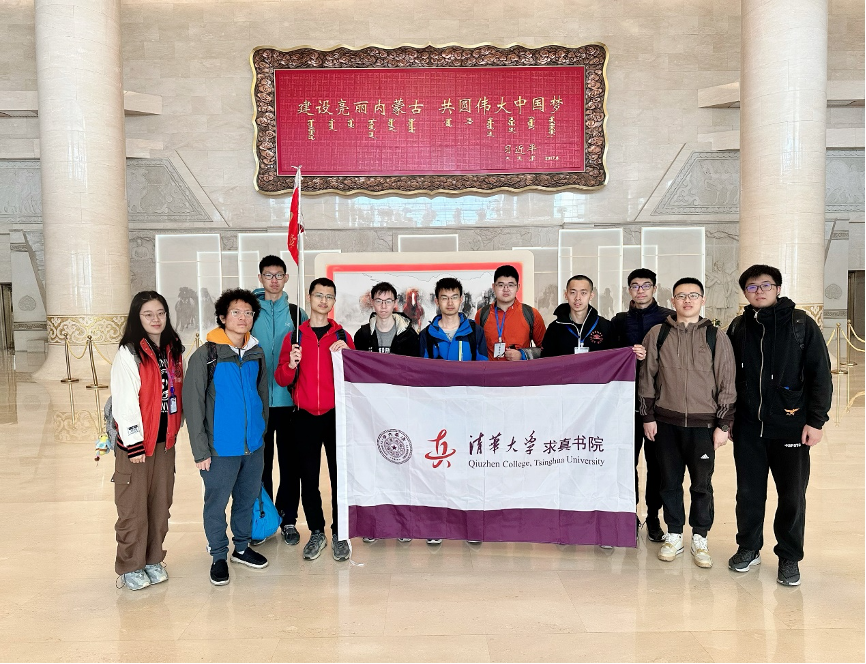
Visit the Inner Mongolia Museum
Second station: Huhatara grassland
Huhetala, Mongolian translated into "green grassland", is the closest grassland to Hohhot, also called ten thousand mu grassland. This trip coincides with autumn, far away, under the clear sky, with the golden grass sea, encounter cattle and sheep stroll, this scene is vast but quite quiet, letting people feel open; far to the characteristics of local milk wine, and people are intoxicated in it.
Third station: Meidaizhao
Meidaizhao is one of the important Tibetan Buddhist buildings in Inner Mongolia. It is built with a unique architectural style. As the "capital" of the Jin Kingdom of the Ming Dynasty, Meidaizhao was the "imperial city" of Alatan Khan and the three women, and an important center of Tibetan Buddhism when Lamaism was introduced into the Mongolian period. It is a lama temple with "the combination of city temple and people and Buddha living together". It has a certain value in the study of Mongolian history, Buddhist history, architecture history, and art history in the Ming Dynasty. The teachers and students of Qiuzhen College visited the Meidaizhao Museum. Through the explanation, they understood the profound influence of Shaan belief and Tibetan Buddhism on Mongolian culture and felt the exchange and integration of Mongolian and Tibetan culture. Afterward, the teachers and students continued to visit the ancient city of Meidaizhao, visited the Taihe Gate, the colored Glass Hall, Daxiong Hall, and other historical relics, and also visited the ruins of Ulanfu, Wang Ruofei, and other revolutionaries to carry out the revolutionary struggle. Ulanfu and other revolutionaries for the liberation and unity of the motherland struggle for life, touching, let people deeply admire and respect.
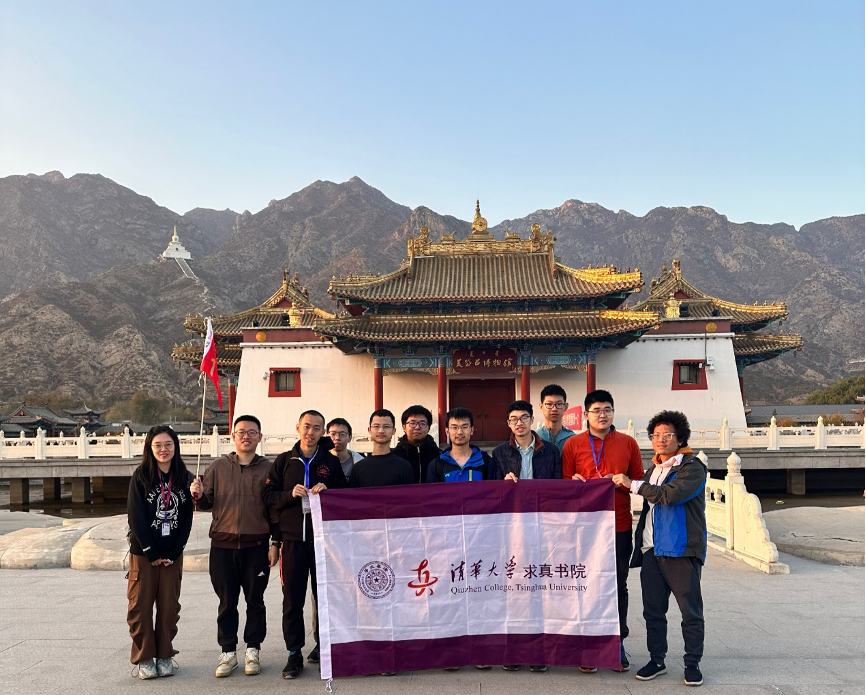
Visit the Meaizhao Museum

The group photo in front of the city gate
Fourth station: Genghis Khan's Mausoleum
Genghis Khan has a high status in the hearts of the Mongolian people. He is not only a belief, but also a symbol of Mongolian culture. Genghis Khan Mausoleum located in Ordos is a holy land in the hearts of the Mongols, which has important historical significance and is also of great value to the study of the Mongolian culture and the history and culture of the northern nomads.
Mr.Yau led the teachers and students to visit the Genghis Khan Mausoleum. Throughout Genghis Khan's life, under the extremely difficult environment and conditions, with his extraordinary ability and indomitable will, he finally successfully unified the Mongolian tribes, established Mongolia, formed a far-reaching Mongolian culture, and made a great reputation, which is rare in ancient and modern, at home and abroad. We stopped in front of a 5-meter-high bronze statue in the main hall, and could not help thinking. He was "a generation of heaven arrogant Genghis Khan", wearing armor and robes, waist sword, galloping, more than 700 years ago, he led his army into the Central Plains, Central Asia, and Europe, opening the territory, invincible.
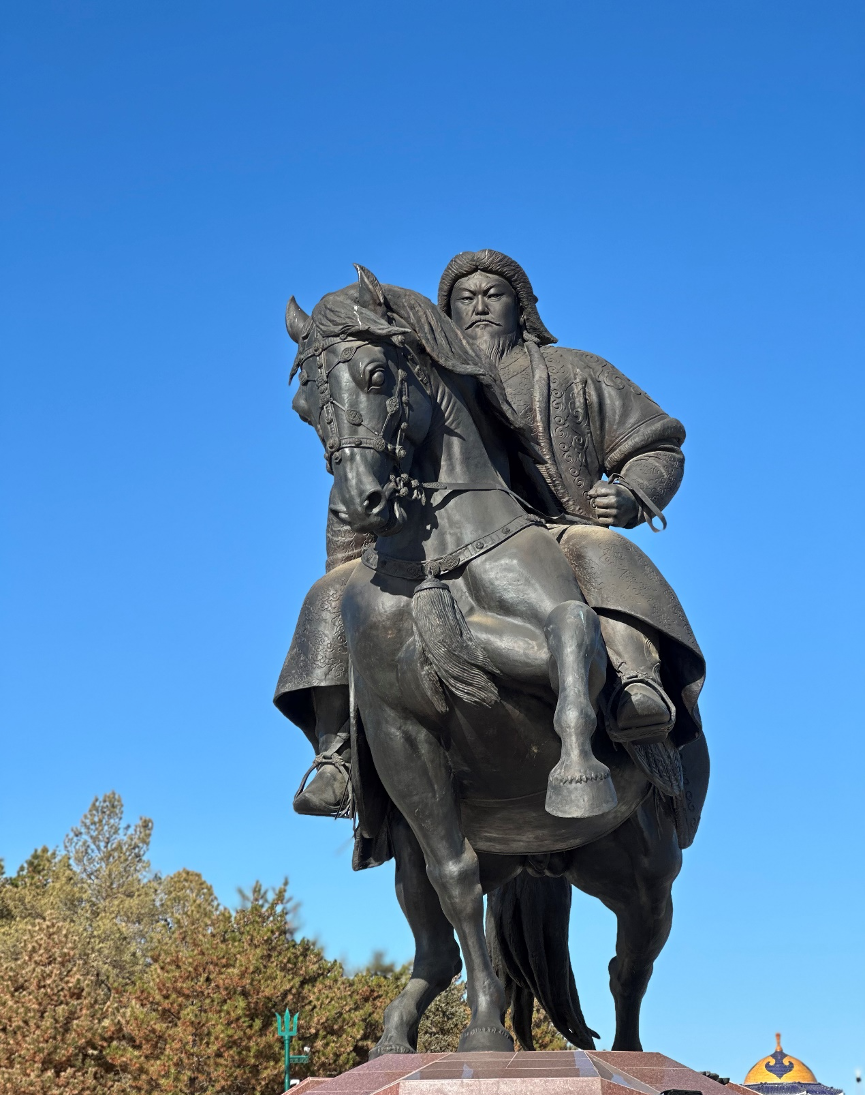
Then they visited Altengdel Aobao. To commemorate Genghis Khan, the Mongolian people of the third lunar month held a grand sacrificial ceremony to sprinkle fresh milk here. Following the traditional Mongolian culture, everyone walked around Aobao three times to pray for peace and prosperity for their family and friends.
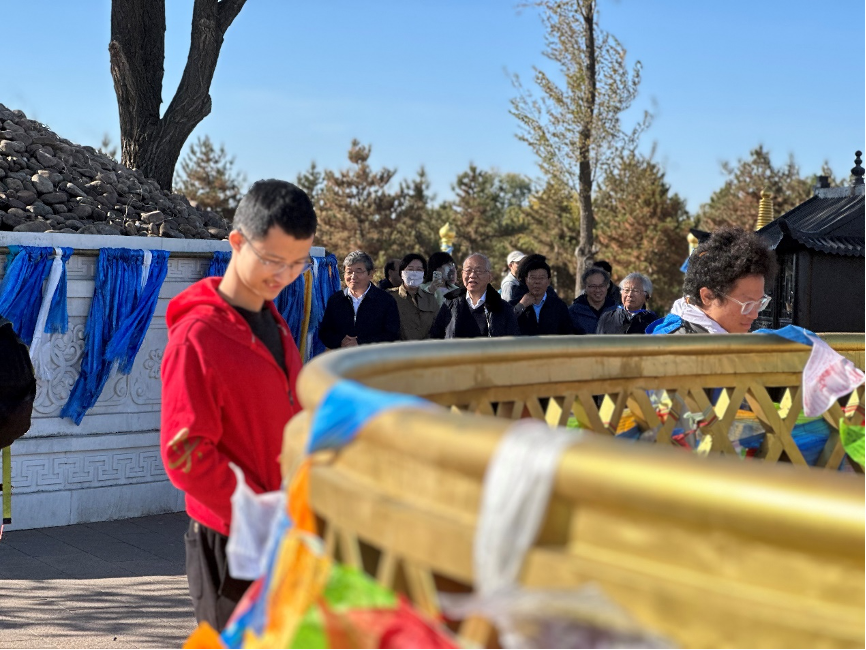
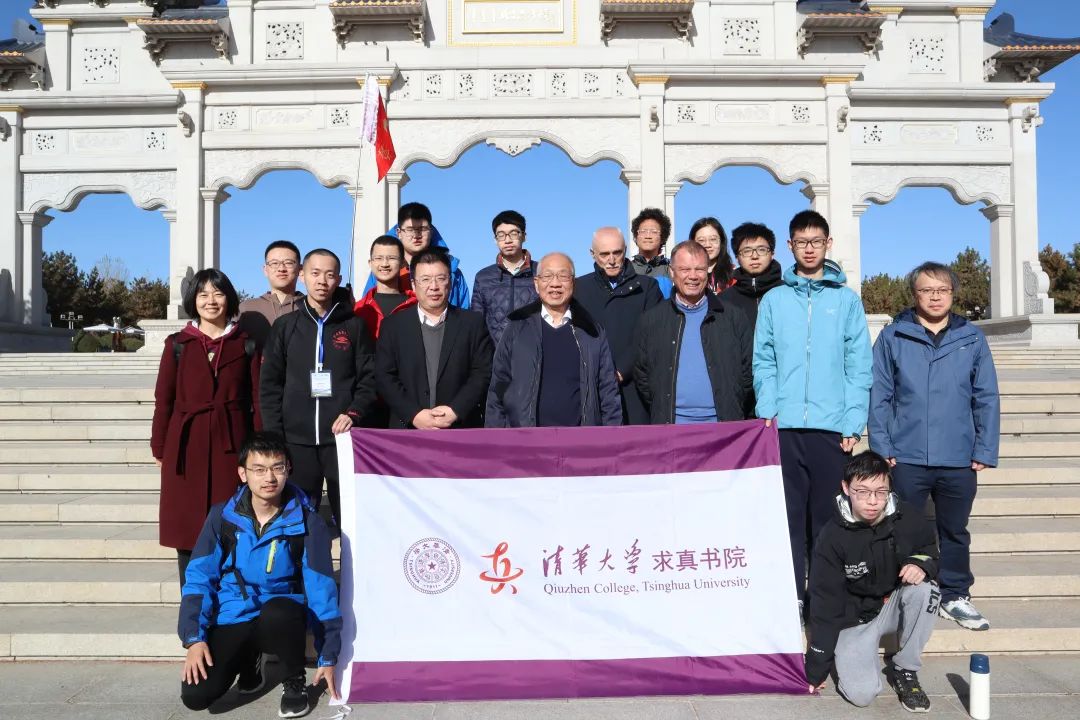
During the study tour, Mr.Yau was invited to give a special report entitled "The Beauty and Application of Mathematics" at Inner Mongolia Normal University and communicated with the teachers and students of many universities and middle schools in Inner Mongolia to strengthen the foundation of mathematics.
Also professors and experts from Tsinghua University’s Yau Mathematical Sciences Center and BIMSA. While traveling with many world-renowned mathematicians and physicists, Qiuzhen students also strive to be the disseminators of Chinese culture and actively explain the Chinese history learned during the journey to foreign professors. At the same time, the students also seized this precious opportunity to seek advice from the professors around the academic questions.
Text | Wu Xiwen
Typography | Gong Wei
Audit | Wang Xiaofang, Xie Lufang
Translation | Gao Xudong